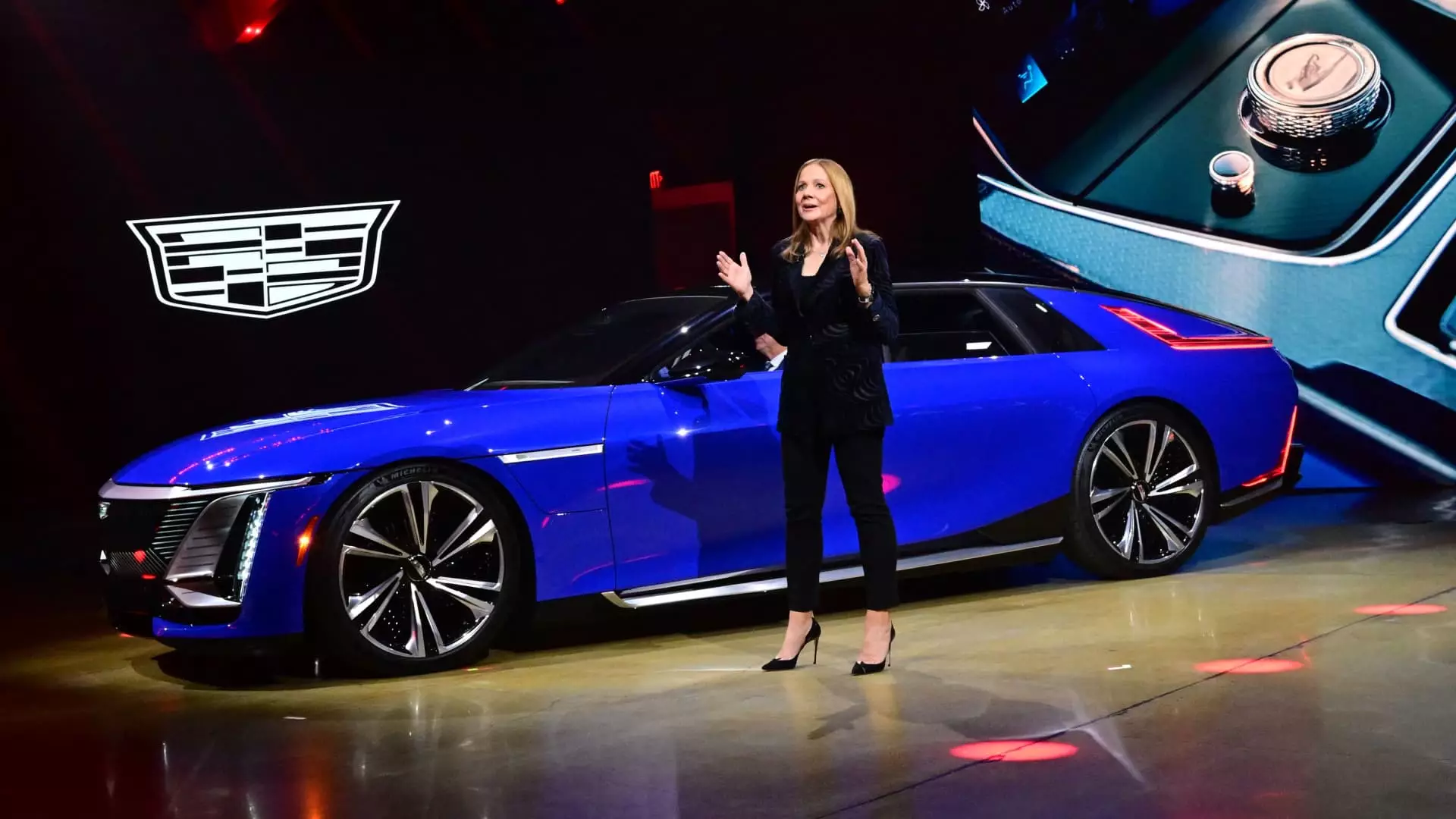General Motors (GM) has faced a tumultuous journey in its quest to catch up with Tesla in the electric vehicle (EV) market. While the Detroit-based automaker initially projected that it would overtake Tesla by 2025, a combination of industry-wide challenges, production issues, and evolving consumer preferences has hampered its progress. Now, GM is striving to regain its footing in the rapidly changing automotive landscape, as it refocuses its strategy and adjusts its targets for electric vehicle sales.
In October 2021, during a period of optimism for EV adoption, GM CEO Mary Barra confidently asserted that the company would “absolutely” be able to catch up to Tesla, which was firmly situated as the leader in the U.S. EV market. However, the automotive landscape has shifted dramatically since then. Various factors, including slow consumer adoption of EVs across the industry, parts shortages, and software glitches, adversely impacted GM’s plans.
Despite these setbacks, it seems that GM is finally witnessing a positive shift in its fortunes. Reports suggest that GM’s EV sales are experiencing significant growth, fueled by an expanding portfolio that encompasses a broad price range. Yet, while the automaker’s recent sales figures are encouraging, the gap between GM and its competitors—most notably Tesla, Ford, and Hyundai/Kia—remains substantial.
GM has made noteworthy strides in its EV sales, achieving remarkable growth. According to figures shared with CNBC, GM sold nearly 21,000 EVs during July and August alone, nearly matching the total sales achieved in the second quarter of the year. Furthermore, GM’s sales figures through August reflect a commendable 70% increase compared to the previous year. As Rory Harvey, GM President of Global Markets, expressed, this represents a “step change” in the company’s EV performance.
Despite these achievements, Tesla’s dominance in the market remains daunting. Recent estimates indicate that Tesla sold over 164,000 EVs during the second quarter, double the combined sales of GM, Hyundai/Kia, and Ford. While GM continues to push for a third-quarter performance that can help bridge the gap, the automaker acknowledges that it still has considerable ground to cover.
GM boasts a lineup of eight Ultium-based electric vehicles, ranging from the budget-friendly Chevy Equinox to the lavish Cadillac Celestiq, priced at over $300,000. This extensive array of options has led analysts, such as Stephanie Brinley from S&P Global, to recognize the company’s ambition to leverage its Ultium technology to penetrate various segments of the market quickly.
While having a diversified EV lineup presents significant opportunities, it also amplifies the pressure for GM to deliver on its promises. With the automotive giant pouring billions of dollars into EV development, the expectation for increased sales is palpable. Analysts like Brinley emphasize the urgent need for GM to effectively manage consumer demand while navigating an automotive environment that will take years to fully transition from combustion engines to EVs.
Looking to the future, GM’s strategies appear to acknowledge the hurdles that lie ahead. Industry experts project that EVs will make up around 10% of total vehicle sales in the U.S. by the end of the year, a notable increase from 7.3% in the first quarter. However, selling EVs remains a complex issue for GM, considering that these models currently yield lower profit margins compared to traditional gas-powered vehicles. Nevertheless, GM anticipates that as production scales up to reach between 200,000 to 250,000 EVs by the year’s end, profitability will improve.
Despite withdrawing several ambitious targets from previous years, GM remains dedicated to the long-term goal of an all-electric future. The company initially set a target for exclusive all-electric sales by 2035, a bold vision that signifies its commitment to transition, hinging on customer demand. While GM has recalibrated some of its earlier aspirations, the overarching commitment to EV production and development is evident.
General Motors’ foray into the electric vehicle market presents a unique blend of challenges and opportunities. While the automaker confronts its history of unmet goals and market competition, it is also embracing a transformative phase that could redefine its identity. Through an extensive lineup of electric vehicles and a proactive response to market conditions, GM is attempting to carve out its niche in the evolving automotive sector. The path ahead is sure to be fraught with uncertainties, but with the right strategies in place, GM may yet find its way to not only compete but thrive in the electric future.

Leave a Reply